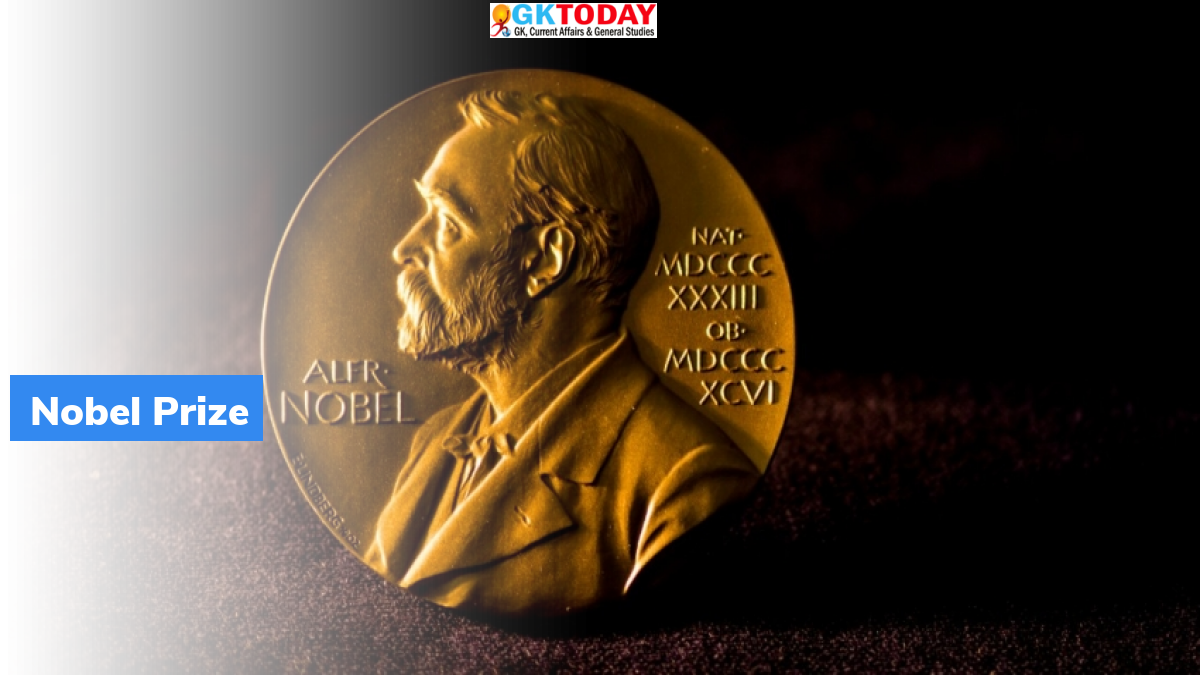Nobel Prize in Chemistry 2022
Nobel Prize in Chemistry was recently conferred to Barry Sharpless, Morten Meldal and Carolyn Bertozzi.
Key facts
- Carolyn Bertozzi and Barry Sharpless from the United States and Morten Meldal from Denmark received the Nobel Prize for pioneering the new field of Click Chemistry and demonstrating its potential in pharmaceutical and other sectors.
- They have discovered reactions that allows molecules to snap together, enabling the creation of new compounds and providing insights into cell biology.
- With the recent Nobel Prize, Dr. Sharpless became one of the few scientists to receive two Nobel Prizes. He won the prestigious award earlier in 2001. The other laureates to receive Nobel Prize twice include John Bardeen who won for physics twice, Marie Curie who received awards for physics and chemistry, Linus Pauling who received the award for peace and chemistry and Fredrick Sanger, who won the chemistry twice.
- Dr Meldal and Dr Sharpless (independently of each other) achieved the copper-catalysed azide-alkyne cycloaddition (CuAAC) reaction, which is popularly used in fields like medical chemistry.
- Bertozzi improved the field of click chemistry by making click reactions work inside living organisms. These bioorthogonal reactions do not affect normal chemistry of the cell.
What is click chemistry?
Dr. Sharpless pioneered the field of click chemistry – a functional field where molecules are snapped (clicked) together quickly and effectively for achieving reactions that ensure rapid synthesis of drug-like molecules that can hasten the drug discovery process using practical and reliable reactions. Click reaction uses only easily available reagents and is insensitive to water and oxygen. It provides synthetic alternatives instead of trying to imitate naturally occurring compounds. Replicating natural reactions require bonds between carbon atoms, which often results in side reactions and loss of materials. The click chemistry addresses this issue by using smaller molecules having complete carbon frame, which are further linked using oxygen or nitrogen as bridges. These simple reactions may avoid the loss of material and prevent unnecessary side reactions.
Month: Current Affairs - October, 2022
Category: Awards, Honours & Persons in News • International / World Current Affairs • Science & Technology Current Affairs


